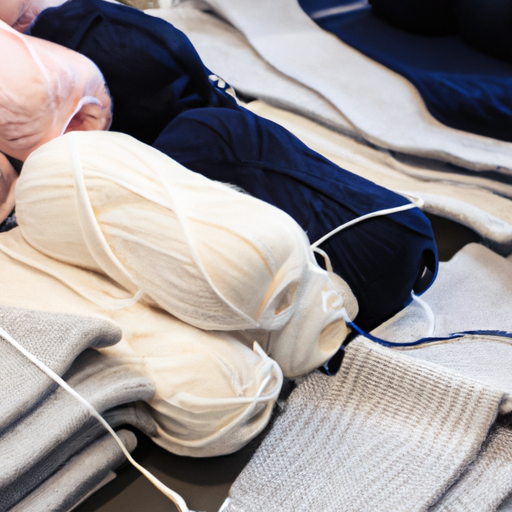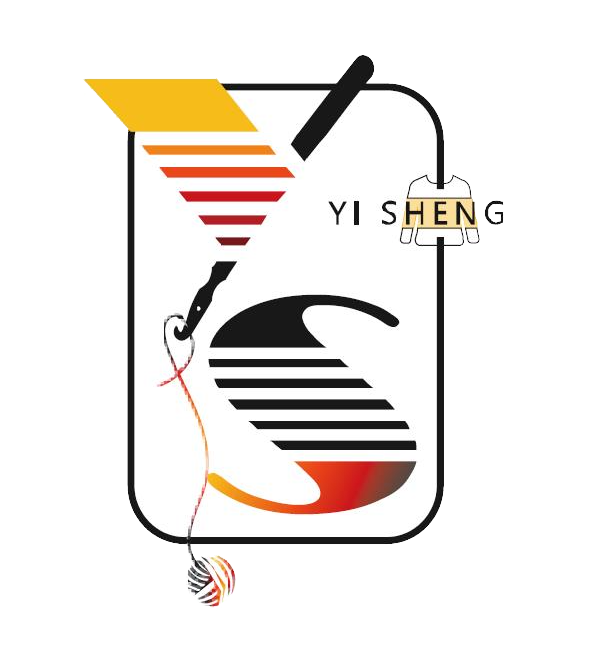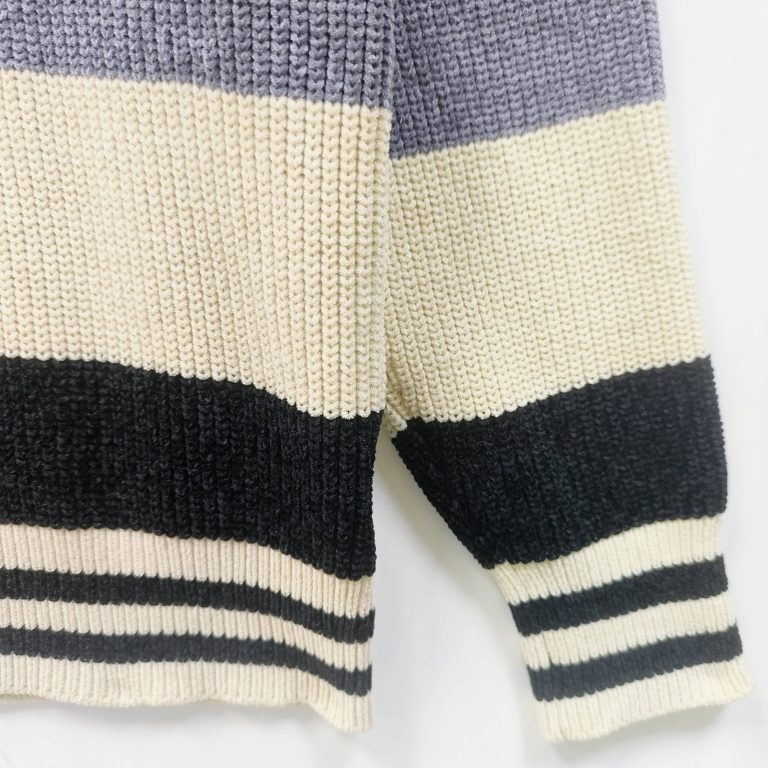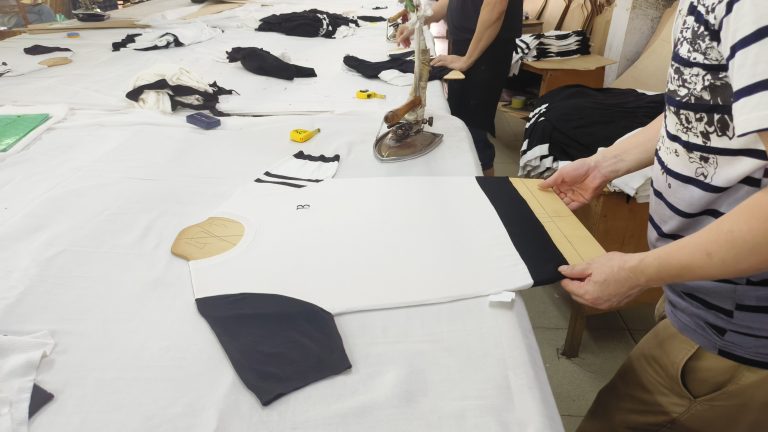The Process of knit sweater manufacturing: From Yarn to Finished Product

knit sweaters are a popular clothing item that can be found in wardrobes all around the world. They are cozy, stylish, and perfect for keeping warm during the colder months. But have you ever wondered how these sweaters are made? In this article, we will take a closer look at the process of knit sweater manufacturing, from the initial stages of yarn production to the final product that ends up on store shelves.
The first step in knit sweater manufacturing is the production of yarn. Yarn is made by spinning fibers together to create a long, continuous thread. This thread is then wound onto spools or cones, ready to be used in the knitting process. Yarn can be made from a variety of materials, including wool, cotton, acrylic, and blends of different fibers. Each type of yarn has its own unique properties, such as warmth, softness, and durability.
Once the yarn has been produced, it is time to start knitting the sweater. Knitting is a process of creating fabric by interlocking loops of yarn. There are two main types of knitting: hand knitting and machine knitting. Hand knitting is done using knitting needles, while machine knitting is done using specialized knitting machines. Both methods have their advantages and are used in different stages of the manufacturing process.
 In conclusion, the process of knit sweater manufacturing involves several stages, from yarn production to the final product. Yarn is spun into thread, which is then used in the knitting process to create the fabric of the sweater. Finishing touches such as blocking and seaming are applied, and the sweater undergoes quality control before being packaged and distributed. The end result is a cozy and fashionable knit sweater that can be enjoyed by people all over the world.
In conclusion, the process of knit sweater manufacturing involves several stages, from yarn production to the final product. Yarn is spun into thread, which is then used in the knitting process to create the fabric of the sweater. Finishing touches such as blocking and seaming are applied, and the sweater undergoes quality control before being packaged and distributed. The end result is a cozy and fashionable knit sweater that can be enjoyed by people all over the world.


